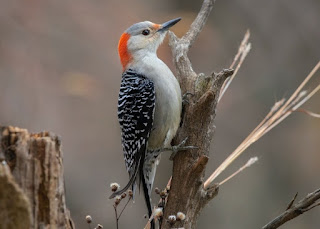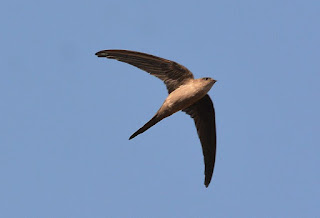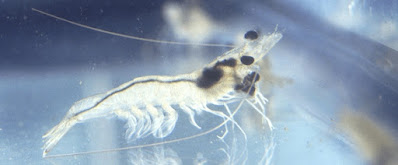Moths Emit Sounds to Thwart Bats, Evolutionists Giddy
.jpg)
Bats are flying around, emitting their sonar to seek food, avoiding objects. Their echolocation is extremely precise . These skilled fliers have shown no signs of evolution in the fossil record. Something else that shows no sign of evolution is the moth. Battington McBatty wants a tasty moth, but the ermine moth is being obstinate. In fact, Emily E. Moth is sensing and defending against the radar with her ownself. It is more interesting that these moths are not only deaf, but do not know they are making the sound that baffles bats! Yponomeutidae, Wikimedia Commons / Hectonichus ( CC BY-SA 3.0 ) The moths not only designed to emit the sound, but amplify it through their own systems. Scientists are trying to find out how this ability evolved, tainting the research with, "Hail Darwin! Merry meet!" (It is possible to do science without plugging into evolution. More should do it.) It may be possible to use biomimetics and imitate the sound amplification techniques, but glory us

%20.jpg)
.jpg)
,%20Flickr%20%20Lip%20Kee%20(CC%20BY-SA%202.0).jpg)
.jpg)
.jpg)


.jpg)

.jpg)
.jpg)






